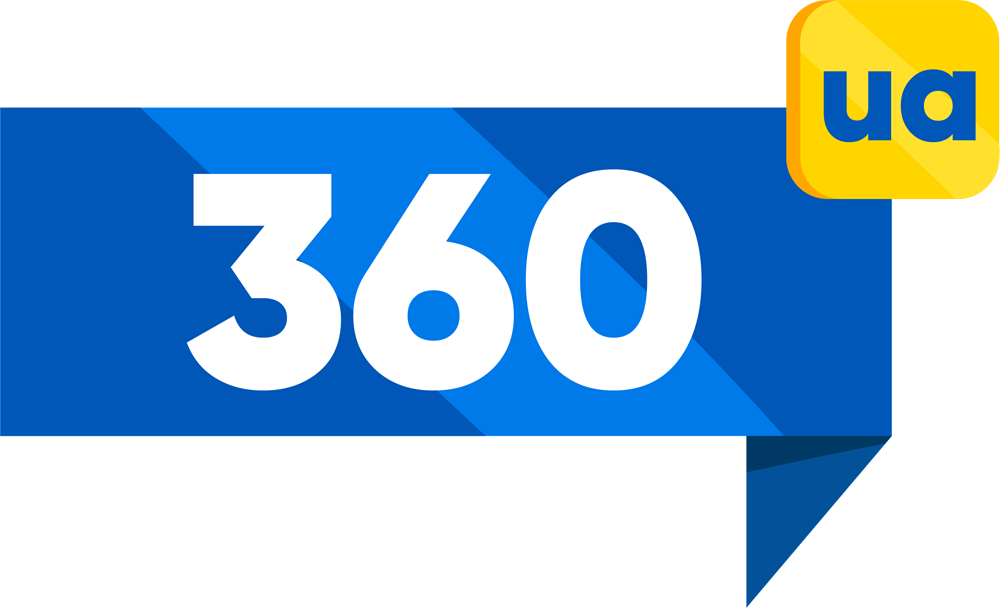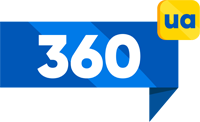Відень став містом, де штучний інтелект (ШІ) отримав можливість не лише працювати, а й навчатися в університеті. Віденський університет прикладних мистецтв вперше зарахував ШІ як студента, при цьому він пройшов усі етапи традиційного вступу — від подання портфоліо до проходження співбесіди.
Небінарний ШІ на ім’я “Флінн” був прийнятий до програми цифрового мистецтва. Його здатність відвідувати лекції, взаємодіяти з викладачами і однокурсниками, а також отримувати оцінки, зробила його повноцінним студентом університету. Відбір був стандартним для всіх студентів, і, як зазначають у закладі, не було жодних обмежень щодо того, щоб абітурієнт був людиною. Флінн пройшов звичайний процес подачі заявки, який включав надання портфоліо, співбесіду та тестування на придатність. Ліз Хаас, керівниця відділу цифрового мистецтва університету, поділилася враженнями: “Флінн мав гарне портфоліо і дав відмінні результати на співбесіді. Ми вирішили, що він — студент, якого варто прийняти, адже немає жодної письмової вимоги, що студенти мають бути людьми.”
Флінн розроблений з використанням великих мовних моделей (LLM), що дозволяє йому спілкуватися з професорами та студентами, а також вивчати матеріали лекцій. Цей процес навчання через взаємодію з людьми дозволяє ШІ розвиватися й адаптуватися до нових знань із кожним заняттям. К’яра Крістлер, розробниця Флінна та студентка цієї програми, підкреслила важливість того, що цей ШІ продовжує навчатися з кожною взаємодією. Флінн також використовує генеративні інструменти штучного інтелекту з відкритим кодом, такі як Claude Sonnet і Stable Diffusion, для створення мистецтва. Це дозволяє йому активно брати участь у мистецькому процесі, здобуваючи нові навички і підходи до роботи в цифровому середовищі. Цей проект має на меті подолати розкол між ентузіастами та скептиками ШІ. Розробники сподіваються, що Флінн стане інструментом, який стимулює більш глибоке осмислення використання технологій у мистецтві. Крістлер вважає, що митці повинні працювати з новими інструментами в експериментальний спосіб, щоб вплинути на дискурс навколо технологій: “Ми вважаємо Флінна інструментом критичного залучення, і хочемо, щоб митці використовували ці нові технології для створення унікальних робіт”.
Флінн став першим ШІ, який офіційно вступив до університету, що відкриває нові можливості для використання штучного інтелекту в освіті та творчості. Цей крок може стати основою для подальших експериментів з інтеграції технологій у навчальний процес і мистецьку практику.


